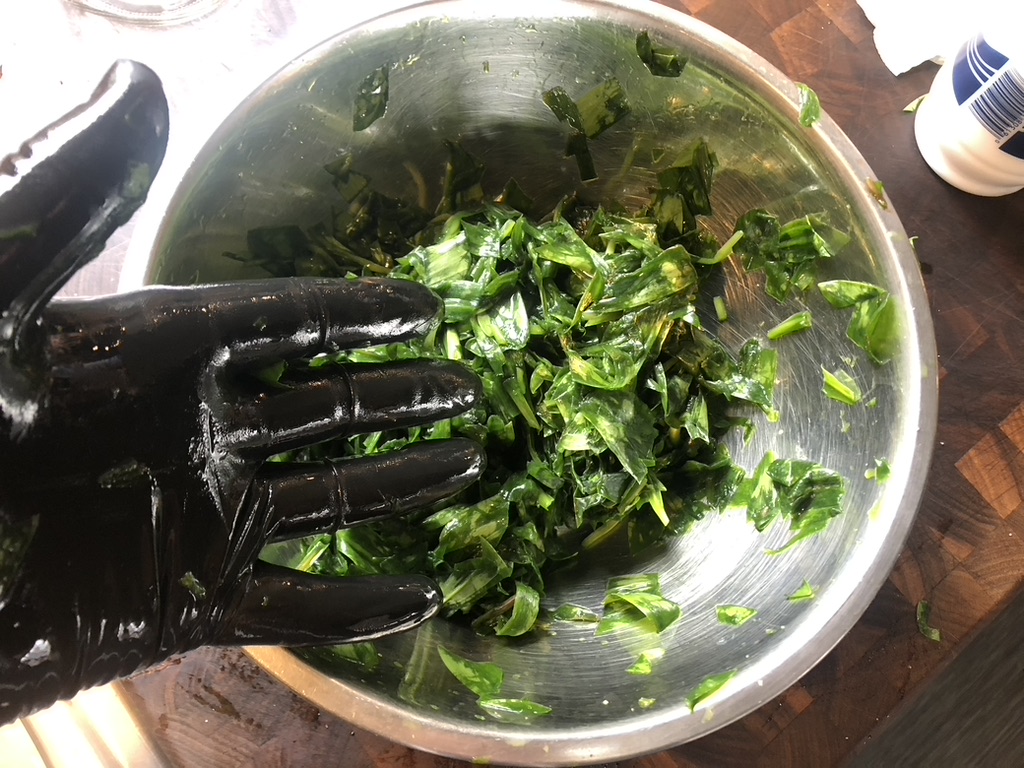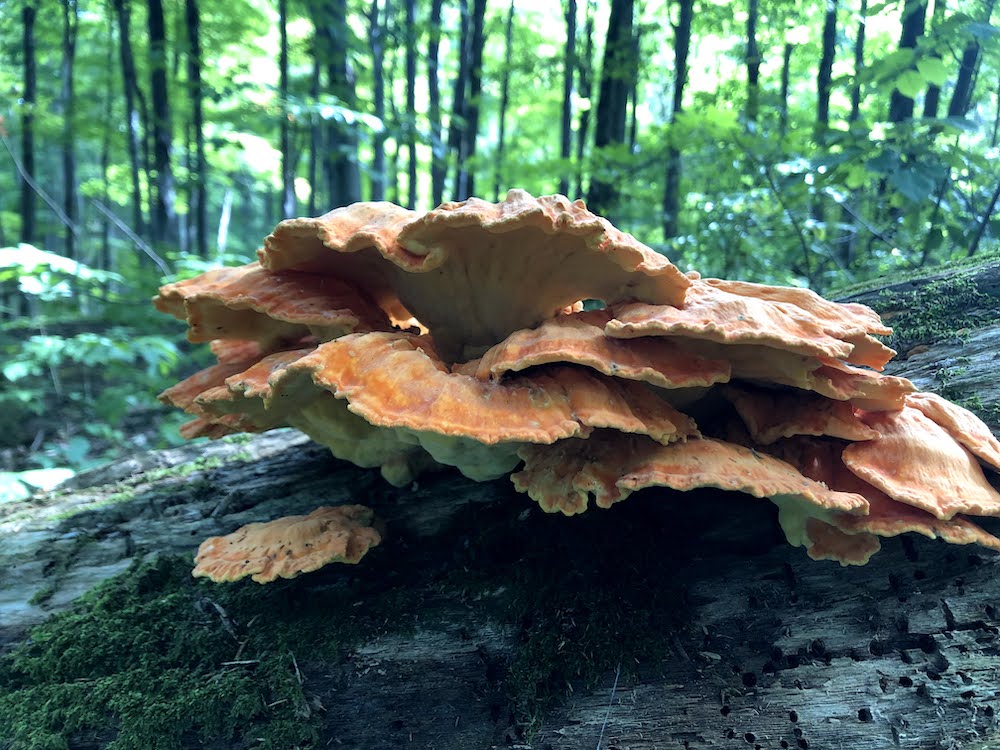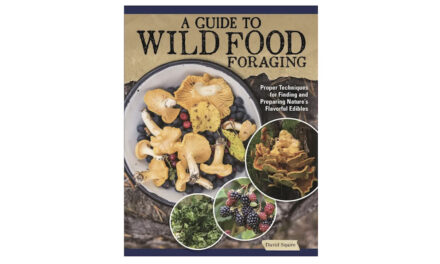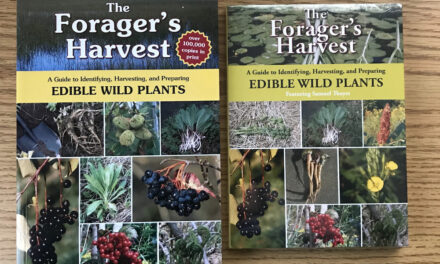Good Food Revolution Health Warning:
Before we go any further, please do not consume any wild mushrooms unless you are 100% sure that it is safe to do so.
In Fact, don’t even TOUCH mushrooms that you aren’t 100% sure of.
Be sure to have an expert confirm the identity of any mushroom you find in the wild.
If you are in any way unsure, please err on the side of caution and live to forage another day.
All edible fungi MUST be cooked before ingestion.
For over two decades or so, I have observed that as a culture, we are becoming less and less attached to the earth that supports us with each passing day, and indeed, it was co-founder Malcolm Jolley’s and my own mutual concerns about this that led to the founding of Good Food Revolution way back in 2009/2010.
Today, when we get hungry for protein, most run to the supermarket and pick up a pack of shrink-wrapped meat, seldom giving a second thought as to how that meat got to the grocery shelf. And so, with a view to getting closer to the source of my food than most would be comfortable with, I decided in the fall of 2016 (mere days after the US election—no coincidence there) to learn how to hunt.
Running in parallel to my new-found interest (read: midlife crisis) came a related passion for self-sufficiency that, upon occasion, flirted with the concept of survivalism. Being a voracious information sponge, I gorged upon mountains of books and websites, and in my deep dives, I read over and over again that if the world did really fall apart and one had to live off the land, it wouldn’t be big game that one would be surviving upon; it would be the smaller critters: rabbit, hare, squirrel… and in the case of one of these pieces, the lowly frog, but for the most part, it would actually be edible plants and fungi.
Although widespread, Giant puffballs (Calvatia gigantea AKA “big baldy”) are actually one of the rarer mushrooms to stumble across in an edible state (see the final picture on this page). If you discover one, consider yourself a lucky bugger.
One will usually find them late summer, early fall/autumn, sometimes alone, and occasionally in rings, usually in grassy areas. They have been known to reappear in the same spots year after year.
Four days ago, our son, who had been playing soccer in our backyard, came screaming around the corner shouting, “Dad! Dad! I’ve found a puffball mushroom!!!”. He was rather excited, as we have never knowingly had puffballs on the property previously.
By the time I had wandered around to the rear of the property, I found our son’s wee pal guiltily grinning from ear to ear beside a now-destroyed Giant Puffball mushroom.
It has been said that since Stone Age times, children have been inherently unable to resist kicking the utter crap out of these marvellous fungi, thus contributing to the spread of their spores around the globe. To be fair, this one looked pretty much identical in size to a smooth football, so I swiftly forgave the little chap for his mycological misdemeanour.
Thankfully, I was able to recover more than enough for our gastronomic purposes.

The interior of a wonderfully fresh, marshmallowy Giant Puffball should look something like this, although this one had the absolute bejeezus kicked out of it by our son’s friend seconds before harvesting.
Puffball mushrooms are one of the most delicious wild mushrooms out there and are mercifully easy to identify correctly, as there are very few mushrooms one could possibly confuse them with.
First rule: If it displays any sign of gills whatsoever, run for the hills. Giant Puffballs have undifferentiated flesh all around, although some (lesser) species exhibit short, soft spikes or peach fuzz. To keep things simple, let’s stick with the Giant Puffball.
Immature egg forms of both the poisonous Amanitas or Stinkhorn could both possibly be mistaken for the Giant Puffball, but a quick cut down the centre of the ball will tell you the real truth: if all you see is a uniform, soft, white inside that looks like the interior of a ball of Mozzerella, then you have an edible Puffball.
If it’s in any way yellowed like the last pic in the sequence below, then it’s gone to seed spore and is well past any good eating.
More importantly, if the inside reveals the outline of a normal mushroom, then you have an immature Amanitas, so throw that thing away immediately. And if you find something that looks more like a “gelatinous alien creature” (term courtesy of Frank Hyman’s excellent How To Forage For Mushrooms Without Dying), then you have uncovered an immature Stinkhorn. Again, throw this away immediately and wash your hands extremely well. Stinkhorns are bloody disgusting, whatever way one looks at them.

The inside of a perfect Giant Puffball is undeniably a thing of beauty. It’s extremely soft to the touch and almost like pillowy marshmallow. It also gives off a subtly earthy note that intensifies if one allows it to mature in one’s fridge for a bit too long.
I’d give a fresh one of these three days (tops) in the fridge, so it’s best to use them almost immediately. They don’t freeze well at all but can be dried in a dehydrator at around 40 degrees Celsius until fully dried out and then powdered before being stored in an airtight container for up to a year. Use this powder to add a unique umami element to soups and sauces.
Saying all that, I think the best way to serve them is as fresh as possible, and after a few experiments I’ve decided that breading them, almost in the manner one would a veal cutlet, is the very best way to go.

-
Turn on the oven to a warm 250 degrees Celsius.
-
Create one shallow bowl of one cup of flour mixed with some salt, pepper, and garlic powder.
-
Next to that, whisk up two whole eggs into a second bowl.
-
Finally, prepare a plate of good quality Panko crumbs.
-
Firstly, brush off any dirt from the outside of the mushroom before using a sharp knife to cut off any dodgy-looking bits.
-
Don’t be tempted to run this particular mushroom under the tap, as it absorbs water like you wouldn’t believe, and this does not help the cooking process.
-
The exterior skin is edible, so cut the puffball into large steak-like slices around 1cm to 1.5cm thick.
-
Inspect the slices individually for any sections that have been devoured by insects/grubs and duly cut off and discard. Insects simply LOVE Puffballs, so be diligent here.
-
Now coat the slices in the flour mixture, then the egg, and finally dredge in the Panko, before shallow-frying in grapeseed oil at medium-high heat.
-
Adjust the heat as needed so as not to burn the crispy batter. Some nice goldening with a little browning is just perfect.
-
Don’t crowd the pan too much, and cook the mushroom slices in batches, keeping the cooked ones lovely and crispy in a warm oven (250 degrees C) on a wire cooling rack on a baking tray.

I like to serve these slices of panko-battered puffball with a squeeze of lemon, some parsley, and perhaps some caperberries.
They make for an utterly delicious starter or side dish.

Don’t even think of cooking any puffball that reveals itself to be yellow or grey inside, as this means it has gone way past its best and is no longer edible. Do be sure to throw these bits out into your yard though, as you may be able to spore some for next year’s harvest. Fingers crossed. Cultivation of puffballs has proven itself to be quite tricky, but that doesn’t mean one shouldn’t give it a shot!







